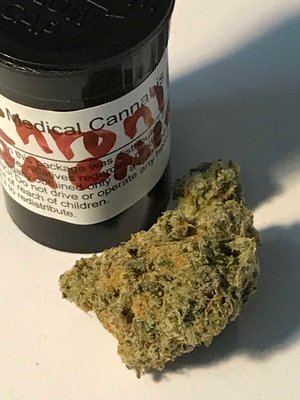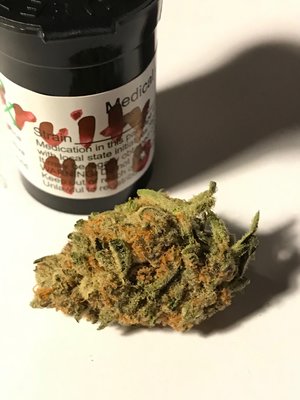What is in a name?
What's in a name? That which we call a rose by any other name would smell as sweet. William Shakespeare.
As I sat down to write my weekly “cannabis strains of the week”, I started to think about all the times that I purchased a strain that had a name that “inferred” that it would be like a sativa strain and yet, upon consuming it, I was knocked out and locked into the couch.
Moreover, I have found out the name of a cannabis strain can in fact be misleading and sometimes just plain wrong. Here are some other reasons why cannabis strain names are not as helpful as some may think:
Cannabis quality varies widely depending on the cultivator and garden environment
A particular strain at one dispensary may look completely different at another dispensary
· Industry regulations require testing labeling, but not accurate strain labeling
· Many strain names are being banned, with Oregon being a great example
· Cannabis strain names do not convey potency levels.
Just because a strain name is on the jar on the shelf at one place doesn't mean that the terpene profile, potency, look, taste, and cannabinoid levels will be the same at other dispensaries, even though it's all the same strain name. This can create challenges for anyone, including myself, who needs or desires a consistent effect. I like almost everyone else gets side swiped by a mislabeled strain, although it happens less and less with all the California regulations.
What is a better way to classify cannabis than by strain name?
As time goes by, a heavier focus will be put on other attributes of cannabis products, ones that are more reliable and a better indicator of quality than strain names.
The measurement of two other attributes are based much more on science, and less on subjective measurements. They are:
1. Cannabinoid testing result levels.
2. Terpene profiles: Terpenes are what give cannabis its smell, and each terpene is associated with certain effects and wellness benefits. So, terpenes do much more than give cannabis it’s smell, they also modulate the effects of THC and CBD’s.
Therefore, it is the amount of each particular terpene present in a given harvest, combined with quantity of cannabinoids present in a strain that provide a much more reliable way for consumers to know what to expect from what they are purchasing.
3. Not only will strain names matter less as time goes by as terpene profiles become more common, indica and sativa designations will become less relied upon over time. The two category indica/sativa system is very broad, and in reality, many strains are just a hybrid strain-a combination of two opposing strains.
Here are two strains that I purchased last week-Chronic Narnia and Fruity Knockout- both strain names prove my point about names being unreliable about the effects and flavors of a cannabis strain. Upon researching Chronic Narnia, I found conflicting information. Some websites said that it was a sativa leaning hybrid. Other websites, describe it as a rare indica strain. Oddly enough, for me this strain started as a sativa but finished up like an indica. Not a strain I recommend partaking in all day or you may end up on your couch pondering the legends of Narnia.
Fruity Knockout on the other hand, was described as a sativa leaning hybrid on several of the websites that I searched. And yet, it turned out that upon consuming this strain it was a heavy handed indica and just like it’s name, it knocked me out!
Ultimately cannabis strain names are just fun and sometimes even funny! They probably will never entirely go away in the cannabis world, but they will be less relied upon as cannabis science continues to evolve and more about the plant is known. So the moral of this story is that never just a book by its cover and never choose your weed strain just by its name!



